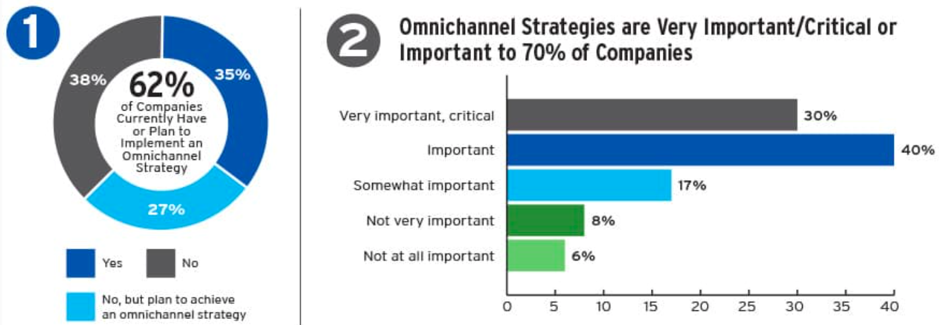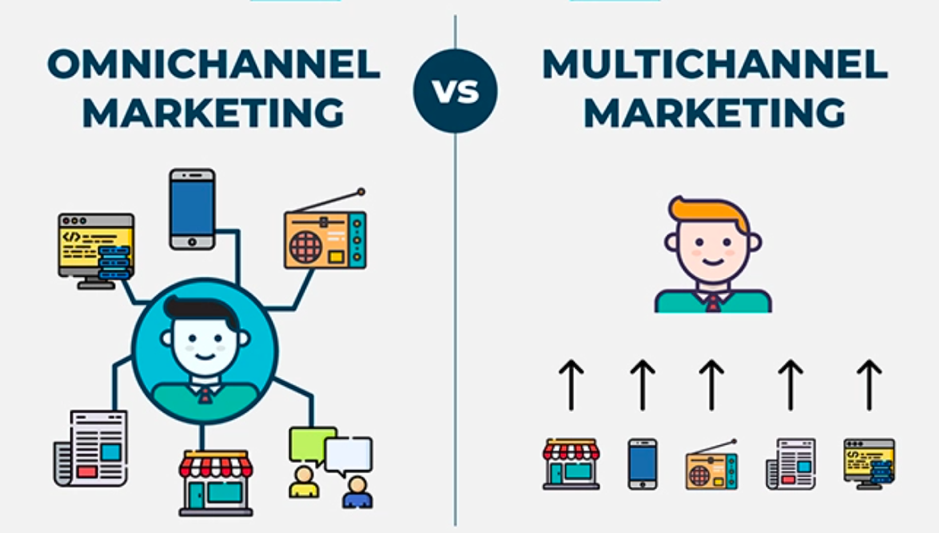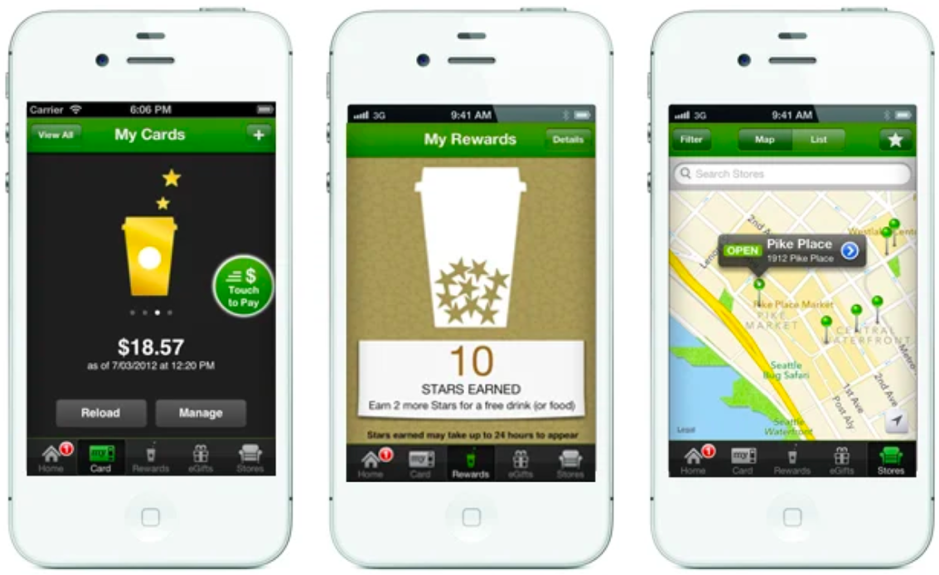An omnichannel approach involves a seamless, integrated approach across multiple marketing channels. Instead of managing each channel separately, an omnichannel approach enables customers to seamlessly navigate across multiple devices and touchpoints.

Omnichannel marketing can have multiple benefits for your business. The most prominent one being customer retention. Did you know that businesses that adopt omnichannel marketing see a 91% greater customer retention year-on-year compared to businesses that don’t!
If you haven’t hopped on the omnichannel wagon already, then you are missing out on a lot. So, read on to learn more about omnichannel marketing and how you can master it in 2021.
What is Omnichannel Marketing?
Before we dive deeper into omnichannel marketing, let’s define it first. The word “omni” means all. Somehow it adds a sense of simultaneity and unanimity to the word.
Omnichannel marketing simply means marketing across various channels while having an integrated approach so that it feels as seamless as possible.
Omnichannel Marketing Vs Multichannel Marketing

It is easy to get confused between multichannel and omnichannel marketing. The major difference between both is in the way the strategies are implemented.
Multichannel marketing involves interacting with customers through different channels while managing each of these channels separately.
In a multichannel approach, the strategies for all the channels would be separate and there will be no integration between either of them. It involves putting forth the same messaging across various channels to reach more and more people.
While in an omnichannel approach, the services are integrated between all the channels. The ultimate goal here is to provide a unified user experience at par with their expectations.
A great example of an omnichannel strategy would be the rewards program by Starbucks. They use different channels such as a mobile app, mail, website, and in-store to create a seamless unified experience for their customers. This has worked brilliantly for them.

Actionable Strategies to Implement Omnichannel Marketing in 2021
Let’s look at some proven and actionable omnichannel strategies that can fetch you mind-blowing results in 2021.
1. Use a Customer-Centric Approach
The most effective part of an omnichannel marketing approach is that it is extremely customer-centric. The aim is, always, to provide the best possible, premium user experience. Hence, instead of focusing on the product, you should focus more on the customer.
Customers go through multiple touchpoints and experiences before they buy the product. And, using an omnichannel strategy you must ensure that the journey of your customer through all these touchpoints feels as seamless as possible.
2. Get your Messaging Right
Getting across the right messaging is essential for a successful omnichannel marketing strategy. Without the right messaging, things may not work as expected.
Research your customer persona based on various channels. For instance, the prospects that are engaging with your email may be slightly different than those who are most actively engaging on Instagram. Hence, you can understand the customer needs based on each channel and come up with the best possible messaging for each channel.
3. Manage Customer Data
Customer data will play a massive role in your omnichannel marketing strategy. Your leads will interact with you through various mediums such as emails, websites, mobile apps, social media, etc.
Only when you have all the customer data gathered and managed well, you will be able to devise a complete omnichannel strategy. A powerful Customer Relationship Management (CRM) tool such as SuperOffice can help with all the customer data needs.
SuperOffice helps you organize all your customer data in one central place. Using the tool you can gain detailed information about how a lead was acquired, how many touchpoints did the lead go through, and what are the next possible touchpoints.
SuperOffice can help you analyze all your previous customer data and finetune your omnichannel approach based on that. Moreover, the tool integrates with numerous apps helping you to increase productivity and work collaboratively.
4. Produce High-Quality, Relevant Content
The customer data collected from CRM can be used to determine what type of content your prospects are looking for. You need to dive deep and understand your customers’ pain points and the channels through which you can deliver the content that solves this pain point.
You can also identify gaps in your competitors’ strategy and create content that fills in the gap. Using a customer-centric approach is, again, key here. Ensure that you plan and map your content to the appropriate channels. Also, make it a point to create high-quality content that gets the right amount of attention.
5. Use Marketing Automation
The next step is implementation. Marketing automation tools can be super helpful and empowering for your omnichannel marketing campaign. Time is very precious today and every minute wasted on the completion of tasks that can be easily automated can cost you a lot.
Hence, do your research. Invest in the right marketing automation tools and start implementing your omnichannel strategies.
6. Measure Success Metrics for Each Channel
Once you have implemented your optimized omnichannel content strategy, you must start measuring the success metrics for each of the channels you are targeting. Depending on the channel, you can measure metrics such as clicks, shares, engagement, open rates, subscribes, and similar more.
Conclusion
The world is getting more and more competitive with every passing day. Hence, the businesses that adapt to a more optimized, customer-centric approach would be the ones to survive and stay in the game for long
So, buckle up. Do your research and start implementing your omnichannel marketing campaign as soon as possible to achieve the best results.
